Redid engines, bomb load, tail, and roundel placement.
Ag-1 and vtol for bomb bay doors, Ag-3 to 7 using trim and vtol for turrets.
The Boeing B-29 Superfortress is a four-engine propeller-driven heavy bomber designed by Boeing which was flown primarily by the United States during World War II and the Korean War. It was one of the largest aircraft operational during World War II and featured state of the art technology. It was the single most expensive weapons project undertaken by the United States in World War II, exceeding the cost of the Manhattan Project by between 1 and 1.7 billion dollars. It featured a pressurized cabin, all dual wheeled, tricycle landing gears, and a remote, Computer controlled fire-control system that directed four machine gun turrets that could be operated by a single gunner and a fire-control officer. A manned tail gun installation was semi-remote. The name "Superfortress" continued the pattern Boeing started with its well-known predecessor, the B-17 Flying Fortress. Designed for the high-altitude strategic bomber role, the B-29 also excelled in low-altitude nighttime incendiary bombing missions. One of the B-29's final roles during World War II was carrying out the atomic bomb attacks on Hiroshima and Nagasaki.Due to the B-29's highly advanced design, unlike many other World War II-era bombers, the Superfortress remained in service long after the war ended, with a few even being employed as flying television transmitters for the Stratovision company. The B-29 served in various roles throughout the 1950s. The Royal Air Force flew the B-29 as the Washington until phasing out the type in 1954. The Soviet Union produced an unlicensed reverse-engineered copy as the Tupolev Tu-4.
Specifications
General Characteristics
- Created On iOS
- Wingspan 124.3ft (37.9m)
- Length 83.0ft (25.3m)
- Height 25.2ft (7.7m)
- Empty Weight 29,359lbs (13,317kg)
- Loaded Weight 49,054lbs (22,250kg)
Performance
- Horse Power/Weight Ratio 0.163
- Wing Loading 28.9lbs/ft2 (141.1kg/m2)
- Wing Area 1,697.1ft2 (157.7m2)
- Drag Points 24577
Parts
- Number of Parts 220
- Control Surfaces 5
- Performance Cost 1,180

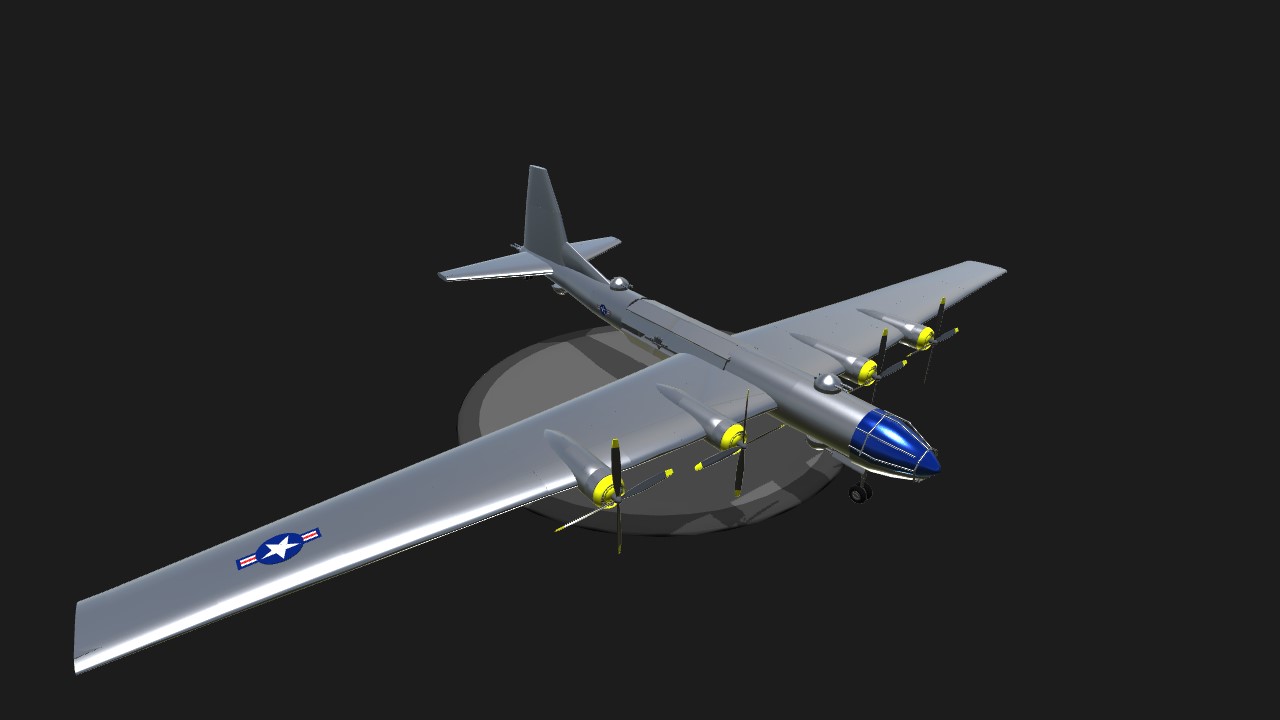
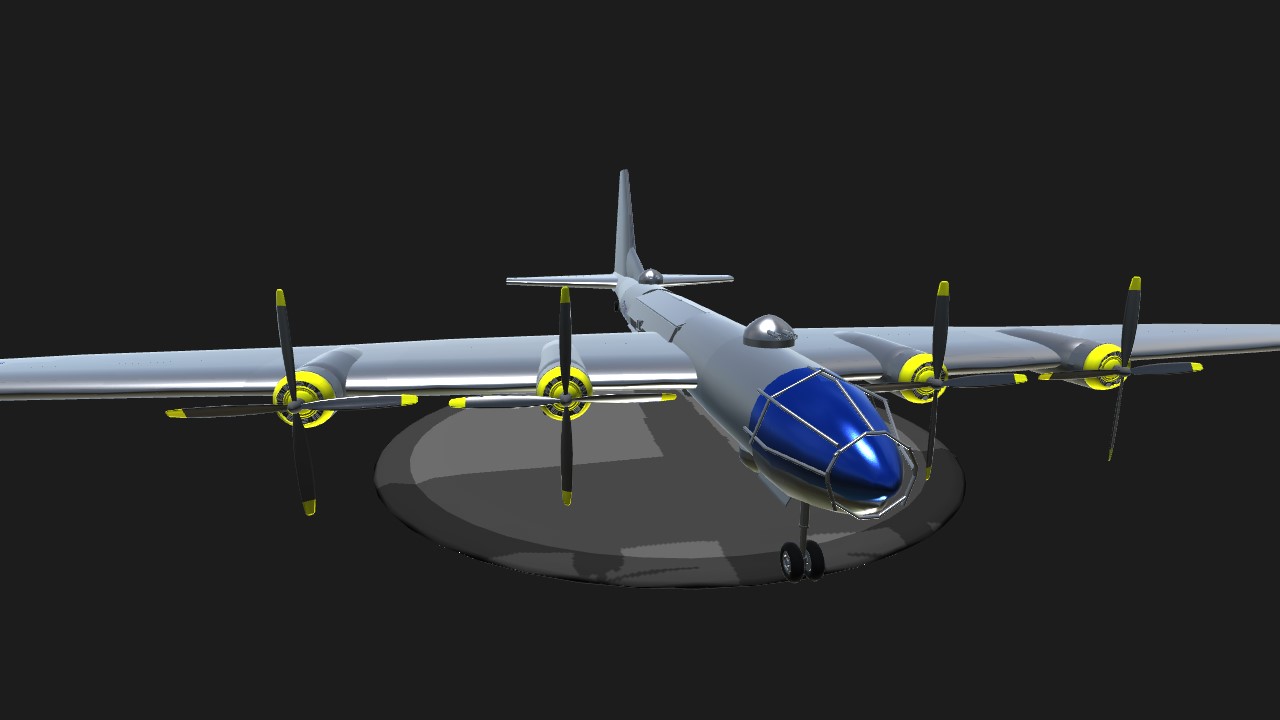
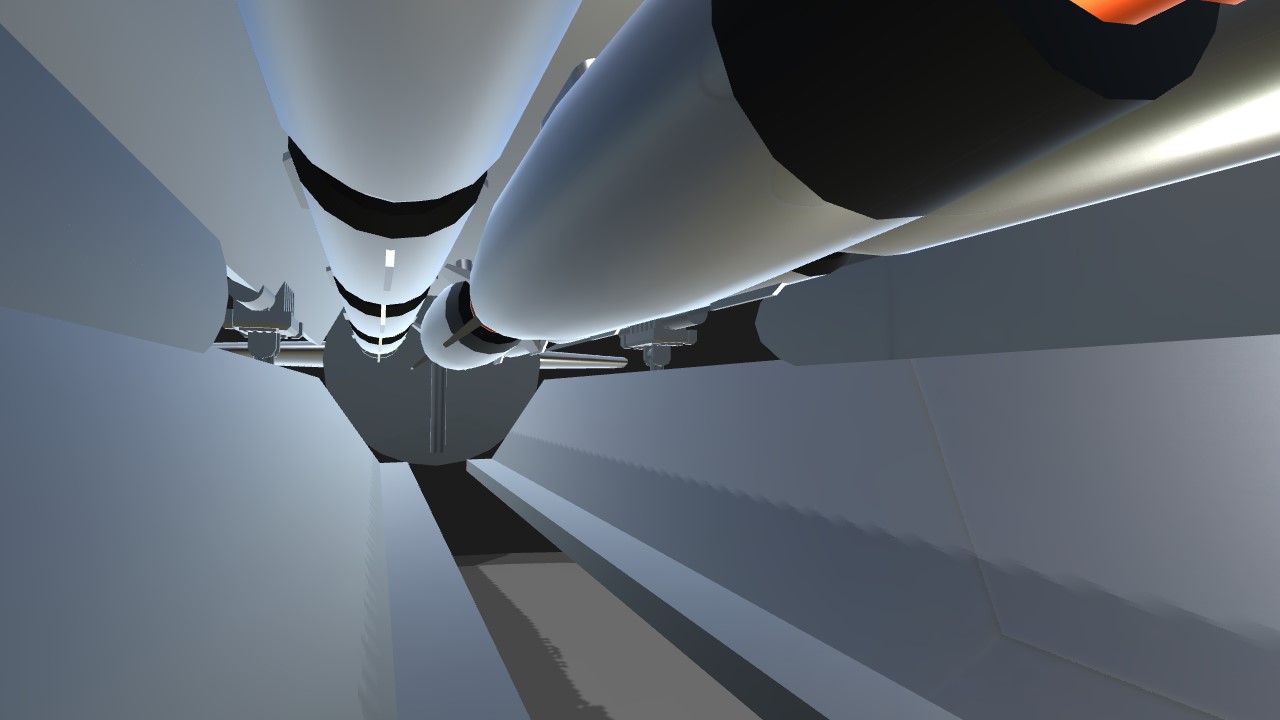
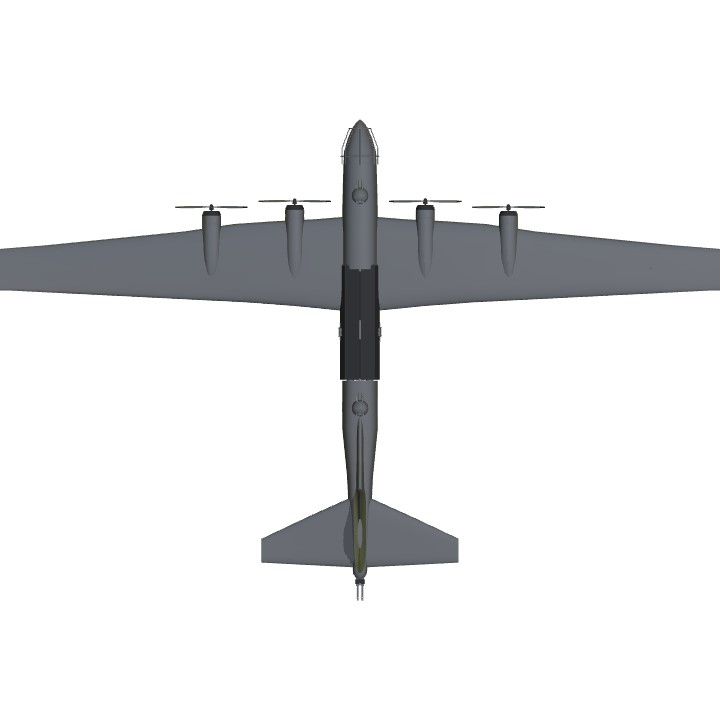

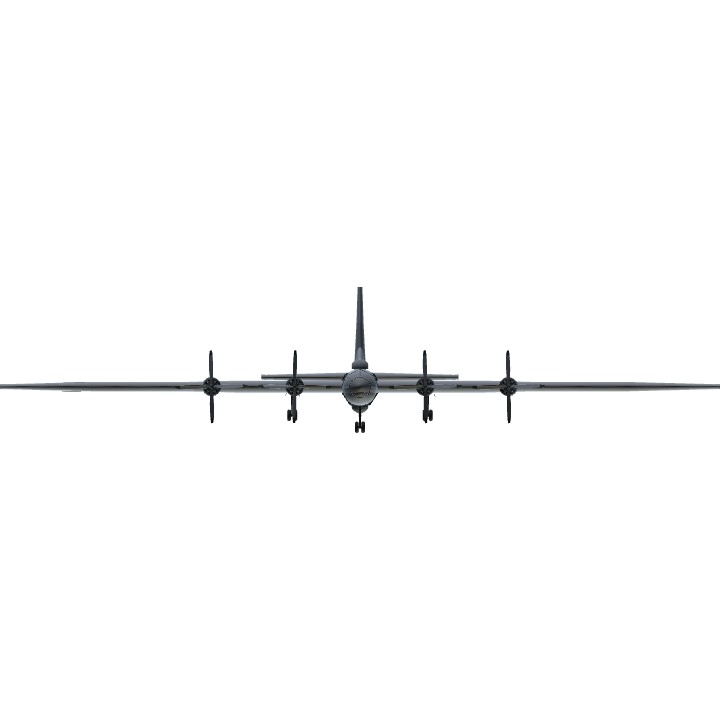
@CrazyCodeC oh thanks i apologize for my dumb comment but believe me other users do this for whatever nation the plane is :/
@FennVectorCWA The USAAC began changing the roundels they used, as well as only putting wing roundels on the right wing, because American planes were being confused with Japanese planes. That's why almost every single American aircraft used in the Pacific had the roundels on the right wing only.
So tell me why do most of people belie that air forces put insignias in one side of the aircraft it isn't true some airforces did that put in every plane ..